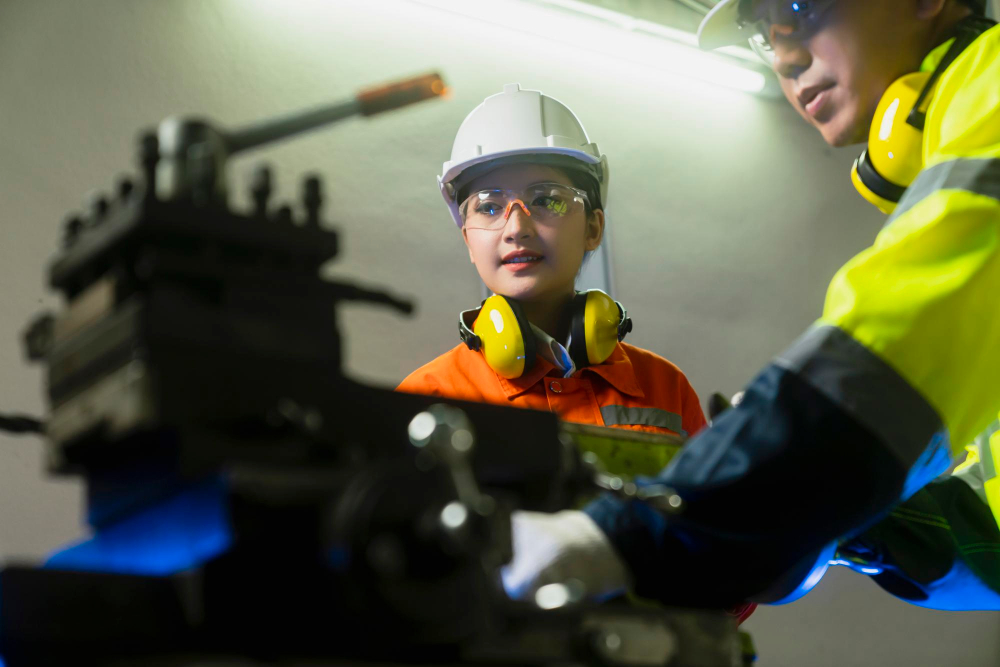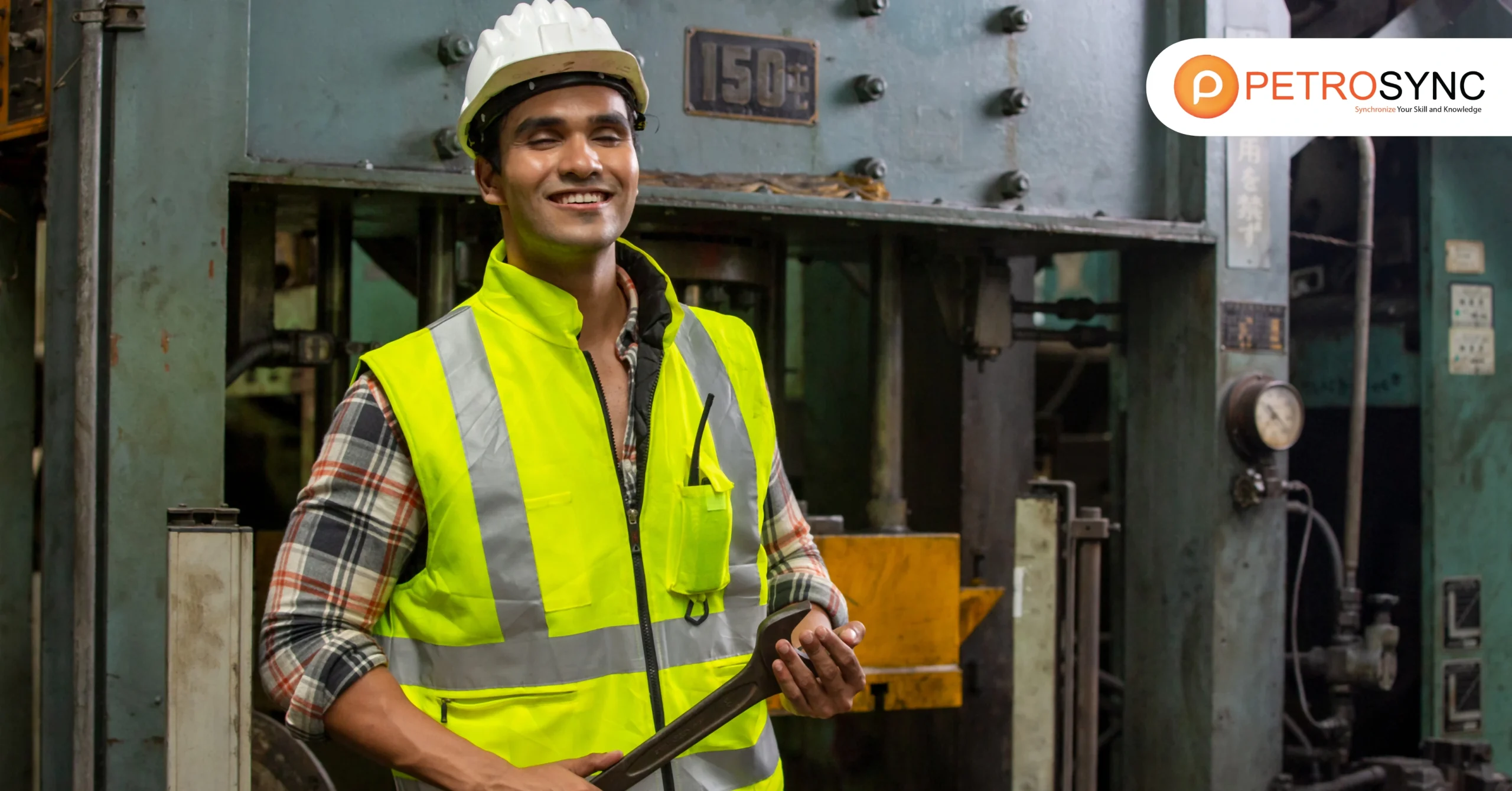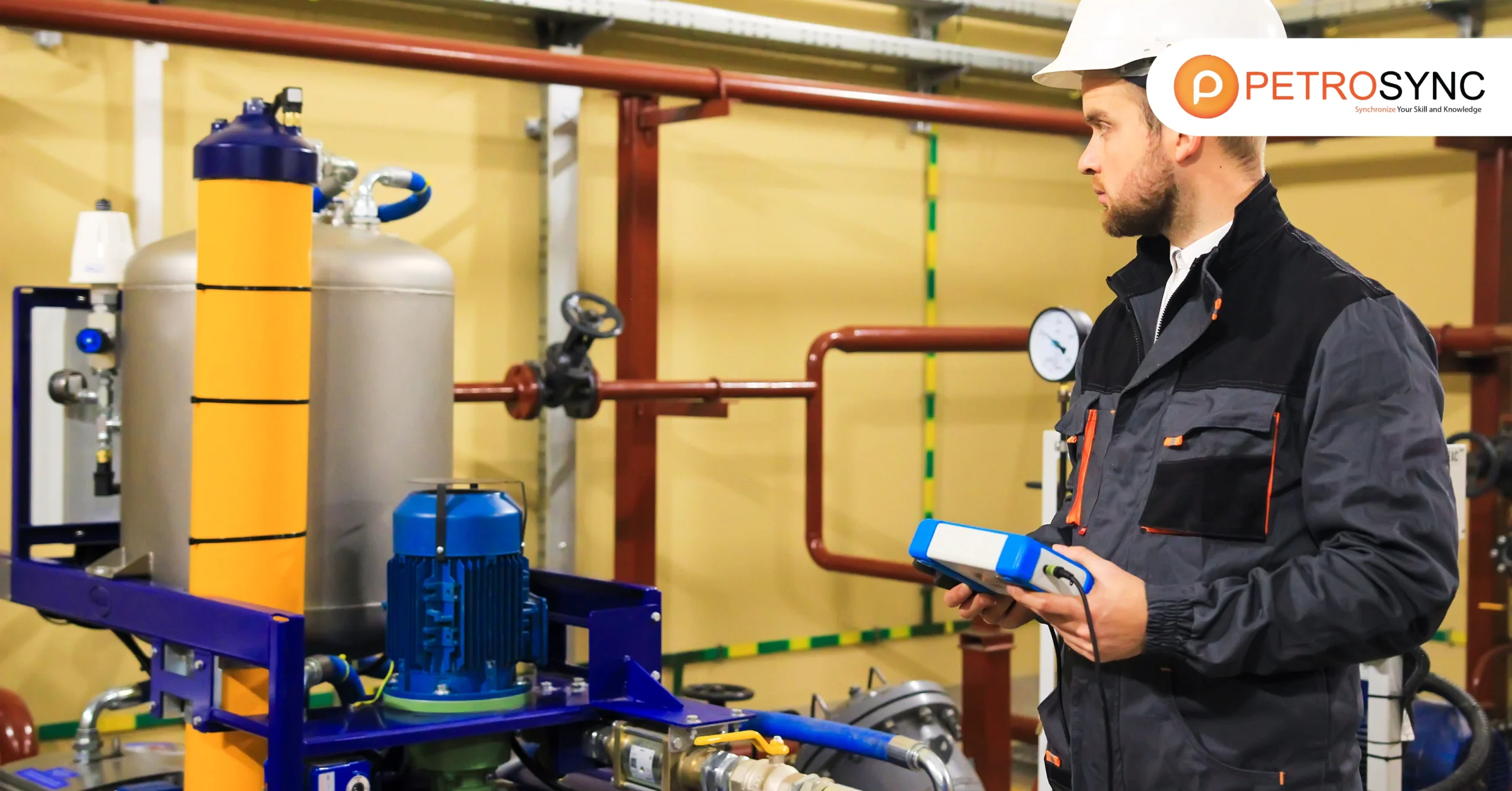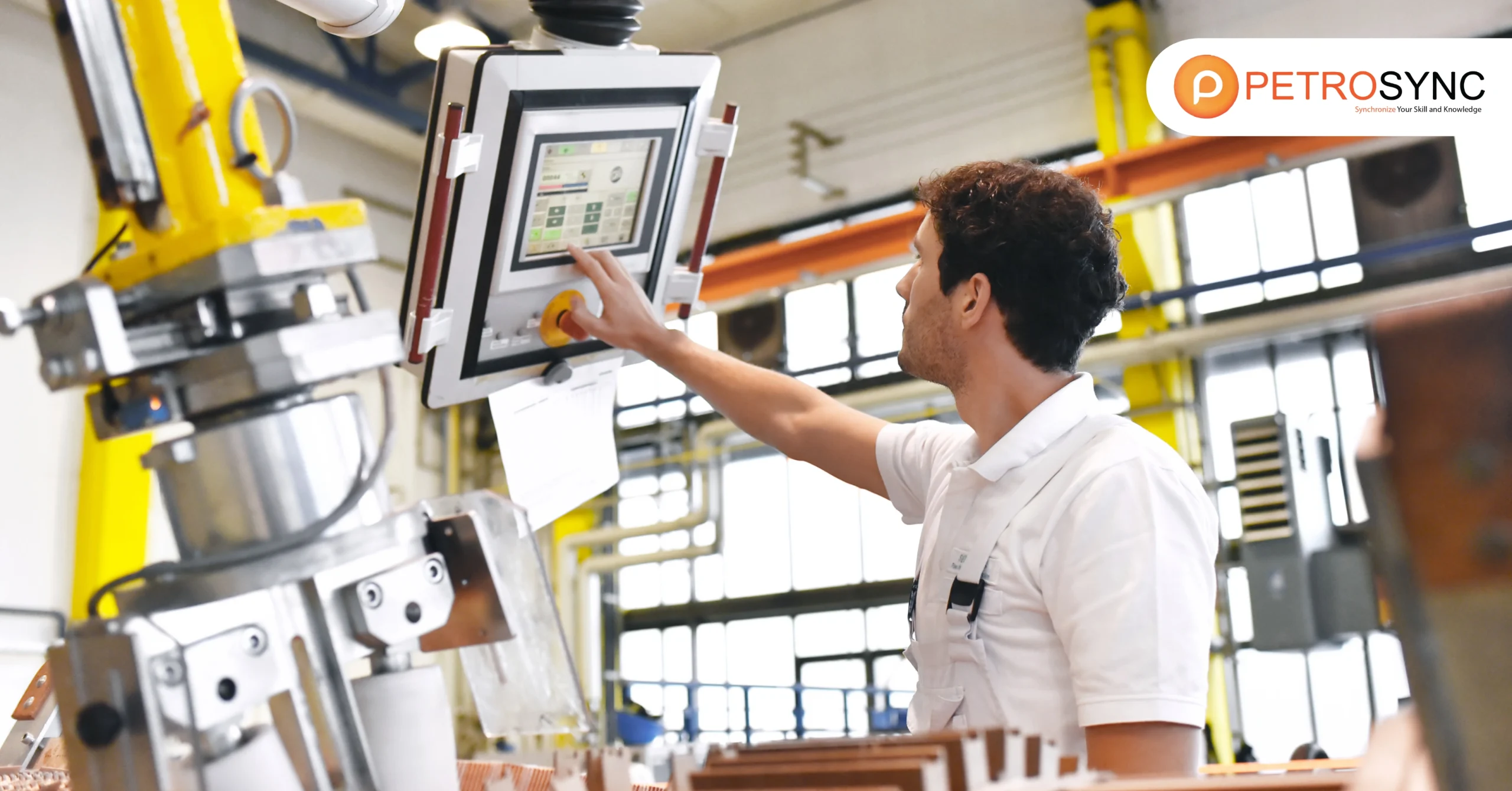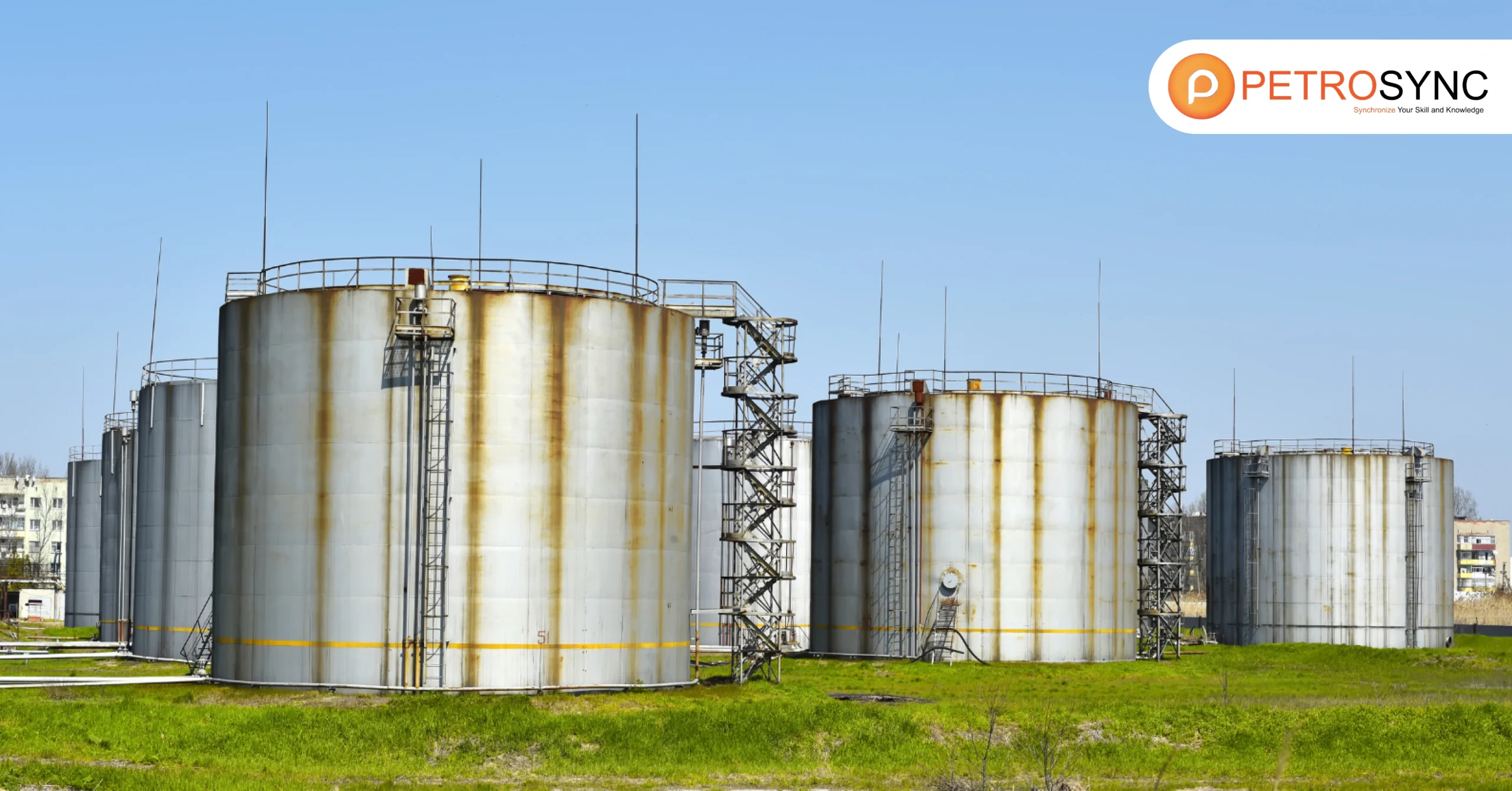As an oil and gas engineer, API 560 training program is tailored to enhance your understanding and practical skills for excelling in tasks related to the design, operation, maintenance, and inspection of fired heaters. This article will guide you through the importance of API 560 training, emphasizing its role as a crucial tool for your professional development and success in the ever-evolving landscape of the oil and gas sector.
What Is API 560 Latest Edition Update?
The latest edition of API 560, which is a standard for the design and construction of fired heaters, air preheaters, fans, and burners for general refinery service, provides guidelines for various aspects of the equipment. Here are the key points:
1. Scope of the Standard
- Covers design, materials, fabrication, inspection, testing, shipment preparation, and erection.
- Applies to fired heaters, air preheaters (APHs), fans, and burners used in general refinery service.
- Excludes steam reformers or pyrolysis furnaces.
2. Covered Section
- Purchaser’s and Vendor’s Responsibilities.
- Design Considerations (Process, Combustion, and Mechanical).
- Materials of Construction.
- Tubes and Tube Supports.
- Headers, Piping, Terminals, and Manifolds.
- Loads and Allowable Stress.
- Refractory Linings and Castable Design and Construction.
- Structures and Appurtenances.
- Stacks, Ducts, and Breeching.
- Burners, Dampers, and Controls.
- Fan Drives.
- Sootblowers.
- Instruments and Connections.
- Shop Fabrication and Field Erection.
- Inspection and Testing.
- Air Preheat Systems.
- Efficiency Measurement.
- Noise Measurement.
3. Changes in the Latest Edition
The document does not provide specific information on the changes in the latest edition. It’s recommended to refer to the official API 560 standard documentation or updates for detailed information on any revisions.
In summary, API 560 outlines comprehensive guidelines for the design and construction of various components in fired heaters and related systems for use in refinery services, ensuring safety, efficiency, and compliance with industry standards.
What Is API 560 Training Course Objective?
The objective of the API 560 training course by PetroSync is to provide you with a thorough understanding of the standards and requirements outlined in API 560. The course aims to:
1. Improve Your Experience
- Enhance your expertise in your specific field or specialty.
- Learn about the roles of other specialists involved in the project.
2. Cost Efficiency and Quality
- Minimize your initial and operating costs.
- Maintain a high-quality product with minimal turn down.
3. Knowledge Transmission
- Acquire the technology and knowledge related to fired heaters.
- Understand the requirements of fired heaters.
4. Clear Responsibilities
- Clearly define your responsibilities as a purchaser, vendor, contractor, etc.
- Understand the roles of each involved party in the project.
5. Become a Smart Buyer and Operator
- The ultimate goal is to make you a smart buyer and a better operator.
- Equip yourself with the knowledge and skills needed for effective decision-making and operation in your field.
What Is API 560 Training Course Outline?
The API 560 training course is structured to cover key aspects related to fired heaters and their components. Here is a simplified outline for the course:
|
Day |
Topics |
| 1 |
|
| 2 |
|
| 3 |
|
| 4 |
|
Is There Any API 560 Certification Issued by API?
No, the American Petroleum Institute (API) does not issue a specific certification, known as API ICP (Individual Certification Program), for the API 560 standard. API 560 is a guideline or standard related to fired heaters used in the oil and gas industry.
While API provides standards and guidelines, it does not have a certification program specifically tied to API 560. Certification programs for individuals are typically associated with specific skills or competencies, and in the case of API standards, adherence to the guidelines is generally demonstrated through compliance with the standard rather than a distinct certification process.
Who Should Attend API 560 Training Course?
The API 560 training course is designed for professionals working in the oil and gas industry, such as:
- Individuals involved in Planning
- Professionals in Engineering
- Those working in Process Engineering
- Participants engaged in Design
- Project Engineering & Management personnel
- Individuals in Operation roles
- Maintenance professionals
- Attendees who must bring a Scientific Calculator for the course
In conclusion, participating in the API 560 training offered by PetroSync provides a valuable opportunity for you to deepen your knowledge and expertise in the realm of fired heaters within the oil and gas industry.
PetroSync‘s training approach stands out for its practical focus, ensuring that you gain hands-on experience and practical insights. The inclusion of numerous case studies further enhances the learning experience, allowing you to apply theoretical concepts to real-world scenarios.
By attending this training, you can expect to not only grasp the intricacies of the API 560 standard but also acquire practical skills that can be directly applied to the design, operation, maintenance, and inspection of fired heaters in your professional context. This comprehensive and practical training from PetroSync is a valuable resource for professionals seeking to enhance your proficiency in managing and optimizing fired heater systems.
Credit: Freepik

SEO specialist by day, fact-checker by night. An avid reader and content writer dedicated to delivering accurate and engaging articles through research and credible sources.

